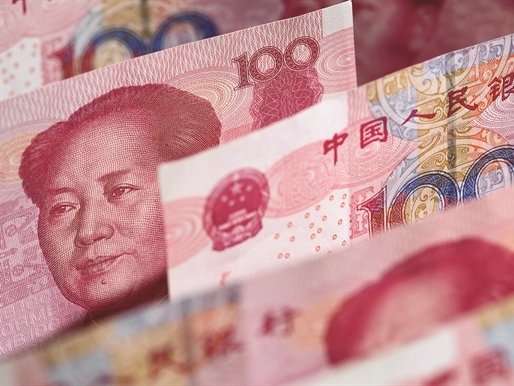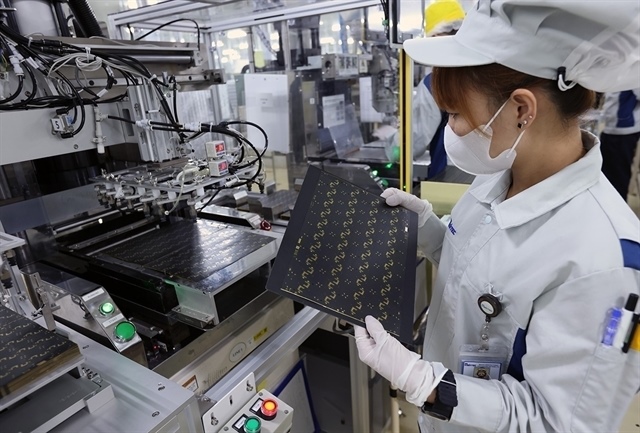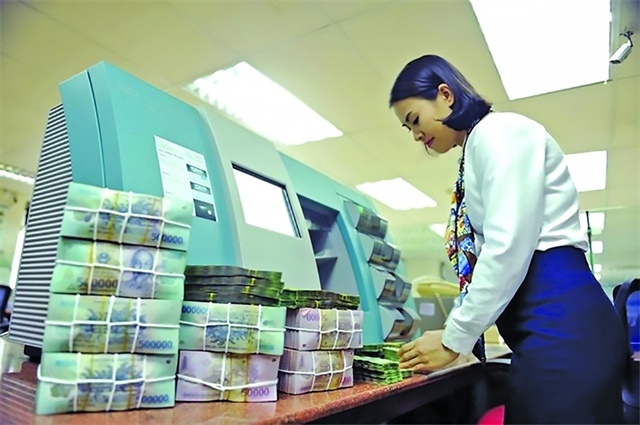Vietnamese businesses scared stiff about yuan devaluation
Vietnamese businesses scared stiff about yuan devaluation
Vietnamese enterprises doing business with China are deeply concerned about the Chinese yuan depreciation, now at a two-decade low.

As the Chinese yuan has depreciated sharply, Chinese importers have insisted that Van Phat lower the selling price.
“If we ease the export price, we will take a loss of VND300 million at least,” said Bui Thanh Van, director of Van Phat.
Van said after taking loss with some consignments of goods, Van is looking for other alternative markets, considering selling products to Russia and Malaysia.
However, an analyst said that it was nearly impossible for Vietnamese businesses to find new partners overnight.
As China consumes 40 percent of Vietnam’s fruit exports, Van Phat will not be the only Vietnamese enterprise suffering from the yuan depreciation.
The typical characteristic of the Vietnam-China cross-border trade is that businesses make transactions with verbal agreements; therefore, the export prices can fluctuate at any time. Chinese enterprises will try every possible means to force the prices down to ensure their profits, analysts said.
Not only fruit exporters, but seafood companies are also facing big difficulties because of the yuan. As Vietnam’s seafood has met difficulties when entering the European market last year, many Vietnamese seafood companies have shipped their products to China instead.
According to the Vietnam Association of Seafood Exporters and Producers (VASEP), Vietnam’s catfish exports accounted for 8 percent of the Chinese market share in 2014, while the figure is forecast to increase to 10 percent by the end of this year.
The sharp devaluation of the yuan recently will cause Chinese importers to re-negotiate the prices.
VASEP’s secretary general Truong Dinh Hoe said the Chinese seafood market has great potential in the eyes of many Vietnamese seafood companies.
The State Bank of Vietnam (SBV) has devalued the dong by one percent more to help ease the pressure on the enterprises which export products to China.
However, it’s still unclear how much the devaluation can help, because other countries have also devalued their currencies.
Meanwhile, Chinese seafood companies may also export products, and if so, they will become the formidable rivals to Vietnamese enterprises.
A Ministry of Agriculture and Rural Development’s report shows that China is the major importer of many Vietnamese farm produce.
China consumed 31.8 percent of Vietnam’s rice exports in the first six months of the year, 89.36 percent of cassava exports. China, together with India and Malaysia, consumed 72.4 percent of Vietnam’s rubber exports.



















